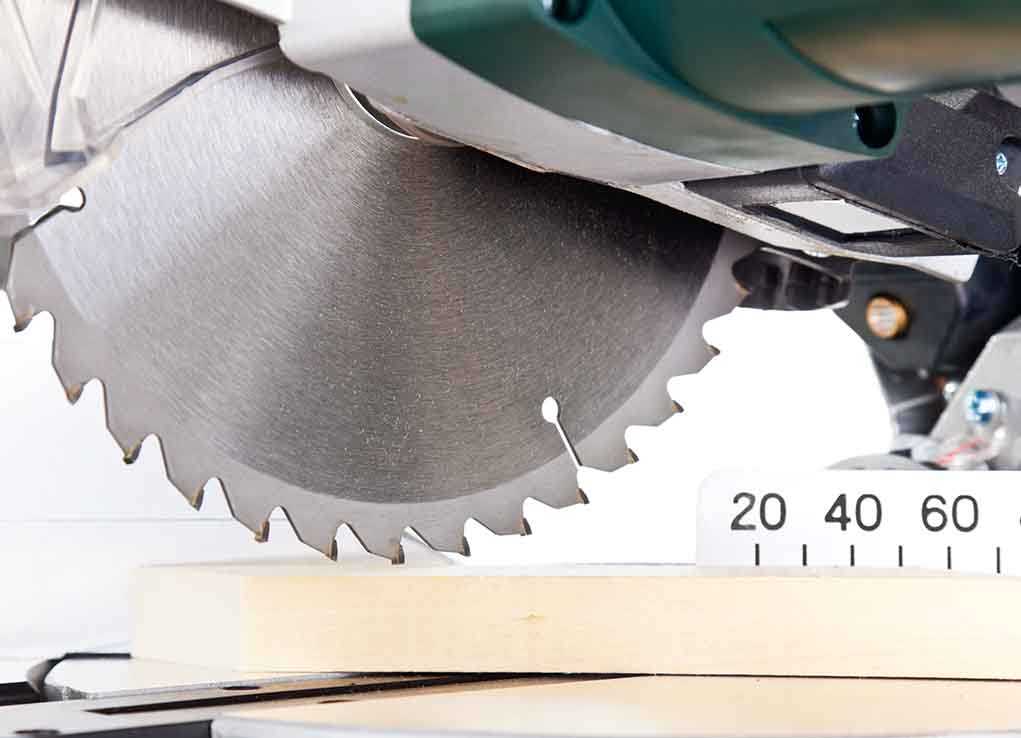
If your money is sitting in a traditional savings account, you’re quietly losing hundreds or even thousands of dollars in potential earnings—year after year.
Story Snapshot
- Traditional savings accounts pay almost nothing—often 0.01% APY—while high-yield savings accounts (HYSAs) pay over 4% APY.
- The gap in interest rates is costing Americans real money, especially as online banks and credit unions push rates higher.
- Switching to a HYSA is easy, safe, and fully insured by the FDIC—yet inertia keeps billions locked in low-yield accounts.
- With digital banking mainstream, the question isn’t if you should move your savings, but how much you’re willing to keep losing if you don’t.
Traditional Savings Accounts: A Familiar Trap with Real Costs
For decades, traditional banks have been the default for American savers. Their marble lobbies and familiar logos project safety. But the numbers tell a different story. As of September 2025, most big banks still offer annual percentage yields (APYs) as low as 0.01% to 0.10% on savings accounts, even after interest rate hikes and market disruptions. The result: your emergency fund, vacation savings, or rainy-day stash grows at a pace barely beating zero, while inflation quietly erodes its value.
Meanwhile, high-yield savings accounts—primarily offered by online banks and credit unions—are advertising APYs north of 4.4%. This isn’t a marketing gimmick; these are insured, mainstream options. The math is relentless. On a $10,000 balance, a traditional account at 0.01% APY earns $1 per year. That same $10,000 in a HYSA at 4.46% APY earns $446. Multiply the gap over years, and the opportunity cost soars into the thousands. Most Americans aren’t making an active decision to lose money—they just haven’t moved their cash yet.
The Rise of High-Yield Savings: How the Digital Era Changed the Game
Online banks and fintech disruptors upended the savings landscape in the 2010s. Unlike brick-and-mortar banks, these digital-first institutions slashed overhead and passed the savings to consumers. HYSAs became their flagship product, attracting millions with headline-grabbing rates and fee-free accounts. FDIC insurance, robust mobile apps, and 24/7 account access addressed early skepticism. By 2025, digital banks like Marcus, SoFi, and American Express are household names, and credit unions have joined the rate race.
The Federal Reserve’s rate swings have made headlines, but one thing has held true: traditional banks are slow to pass higher yields to depositors. Online competitors adjust rates quickly, keeping returns at the top of the market—even as the Fed recently lowered its benchmark rate. The accessibility gap has closed, with online banks offering real-time transfers, mobile check deposits, and customer support that rivals traditional institutions.
Why Savers Stay Put: Inertia, Trust, and Missed Opportunities
Despite the clear financial advantage of HYSAs, billions remain parked in low-yield legacy accounts. The explanation is behavioral, not mathematical. Many savers cite brand loyalty, perceived safety, or simple inertia as reasons for staying put. Academic studies confirm the power of status quo bias—people stick with what’s familiar, even when it costs them. Yet the supposed risks of online banks have all but disappeared. FDIC insurance covers up to $250,000 per depositor, per bank, whether the institution is digital or physical. For most, the only real “risk” is missing out on better returns.
Financial experts, regulators, and consumer advocates agree: reviewing your savings options is not just smart—it’s essential. HYSAs aren’t investments like stocks or bonds, but they are a risk-free way to outpace inflation and maximize idle cash. Common concerns about minimum balances and online-only service are often outweighed by the real-world gains in interest earned. For those with significant savings, the difference between 0.01% and 4% is not academic—it’s a new appliance, a family trip, or an extra mortgage payment every year.
The Simple Steps to Higher Returns: How to Move Your Savings Now
Making the switch is straightforward, thanks to digital tools and streamlined account opening processes. Most online banks allow you to open a HYSA in minutes, link your existing accounts, and transfer funds with a few clicks. Compare APYs, check for monthly fees or minimums (many have none), and confirm FDIC or NCUA insurance. Within days, your money starts working harder. The best part: there’s no penalty for moving your cash, and you can keep your traditional account open for everyday transactions or as a backup.
The decision comes down to priorities. If you value convenience, safety, and growth for your savings, the era of settling for 0.01% is over. The migration to HYSAs is accelerating, but the advantage remains for those willing to act. Every month you wait, your money earns less than it could—and that’s a cost no one needs to pay any longer.
Sources:
Get Schooled – Why You Should Open a High-Yield Savings Account
NerdWallet – Best High-Yield Savings Accounts of September 2025
Stash – High-Yield Savings Accounts vs. Regular Savings Accounts
Bankrate – Best High-Yield Interest Savings Accounts















